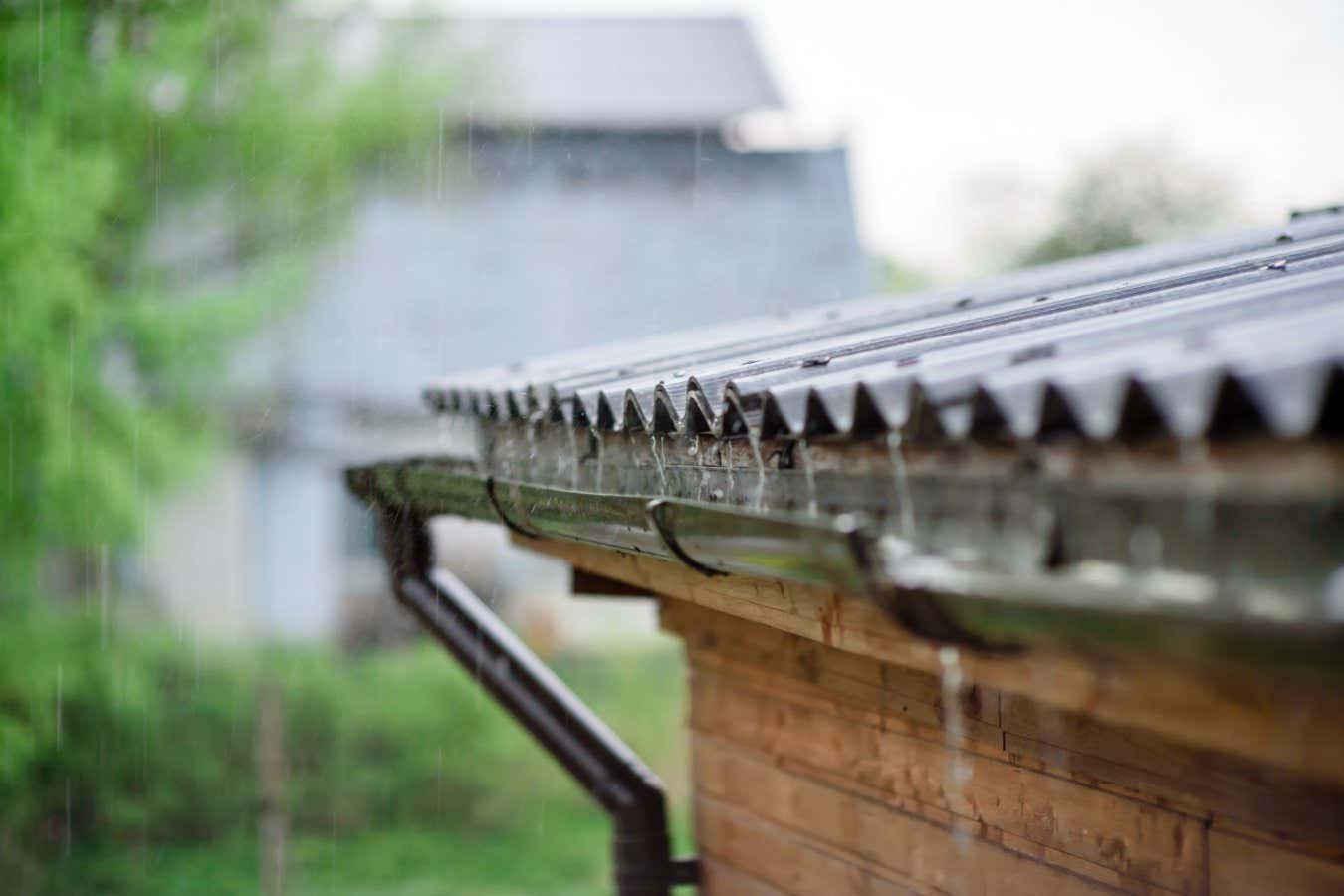Water falls on Earth every day as rain, and now scientists seem to have found a way of using it to create renewable electricity
By Chris Simms
16 April 2025
A system that creates electricity from rain could one day be added to rooftops
kulkann/iStockphoto/Getty Images
Water droplets falling through a tube have generated enough electricity to power 12 LED lights. Such an approach could one day be used in roof-based systems to harvest lots of clean power from rain.
“Rain falls on Earth every day. All the energy is wasted due to the lack of a system to harvest rain energy,” says Siowling Soh at the National University of Singapore.
Read more
Reliance on wind and solar does expose nations to energy price spikes
Advertisement
Normally, when we generate electricity from water, we use the movement of lots of it to drive a turbine in a river, the sea or even in drinking water pipes. But water flowing over an electrically conductive surface can generate its own electrical charge through a process called charge separation. This is driven by positively charged protons of the water molecules staying in the liquid and negatively charged electrons being donated to the surface, much as you can generate static electricity by rubbing a balloon on your hair.
The phenomenon is usually an inefficient way of generating electricity because the electric charge is created only on the surface the water touches, and if you use micro or nanoscale channels to increase the surface area, you end up requiring more energy to pump the water into them than you get back out.
Now, Soh and his colleagues have created a simple set-up that relies on gravity to move water down a vertical tube that is 32 centimetres tall with an inner diameter of 2 millimetres.
